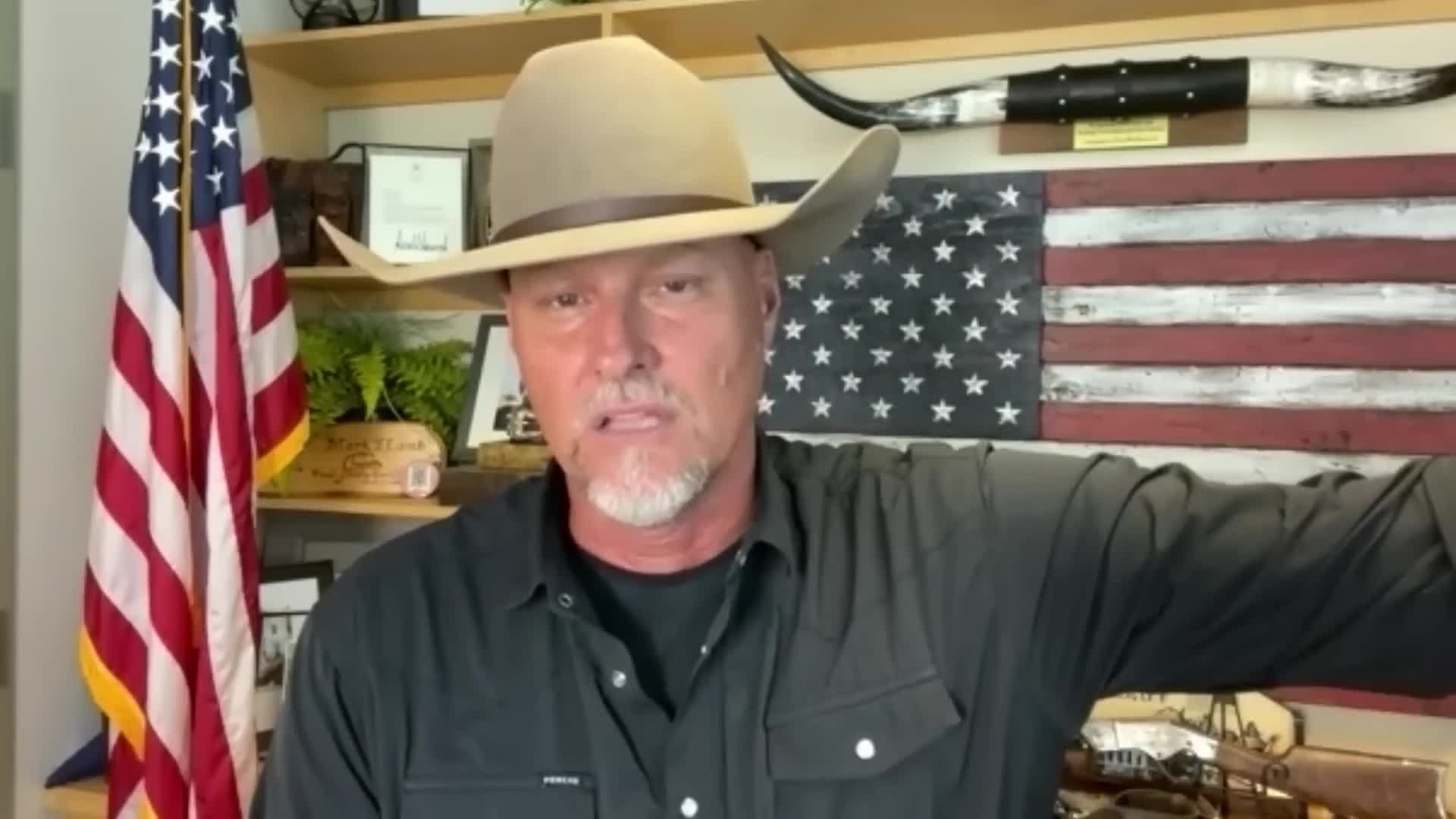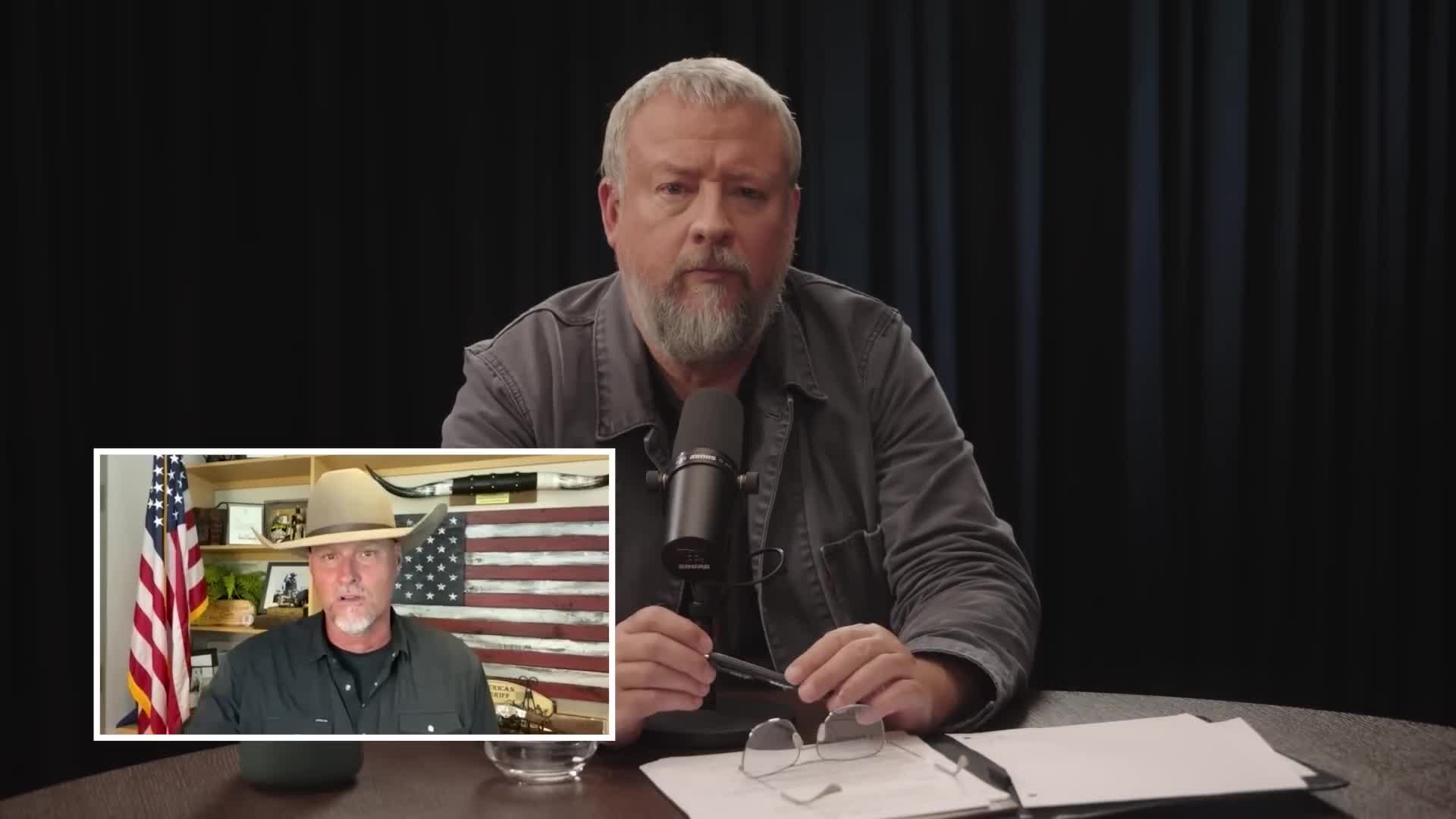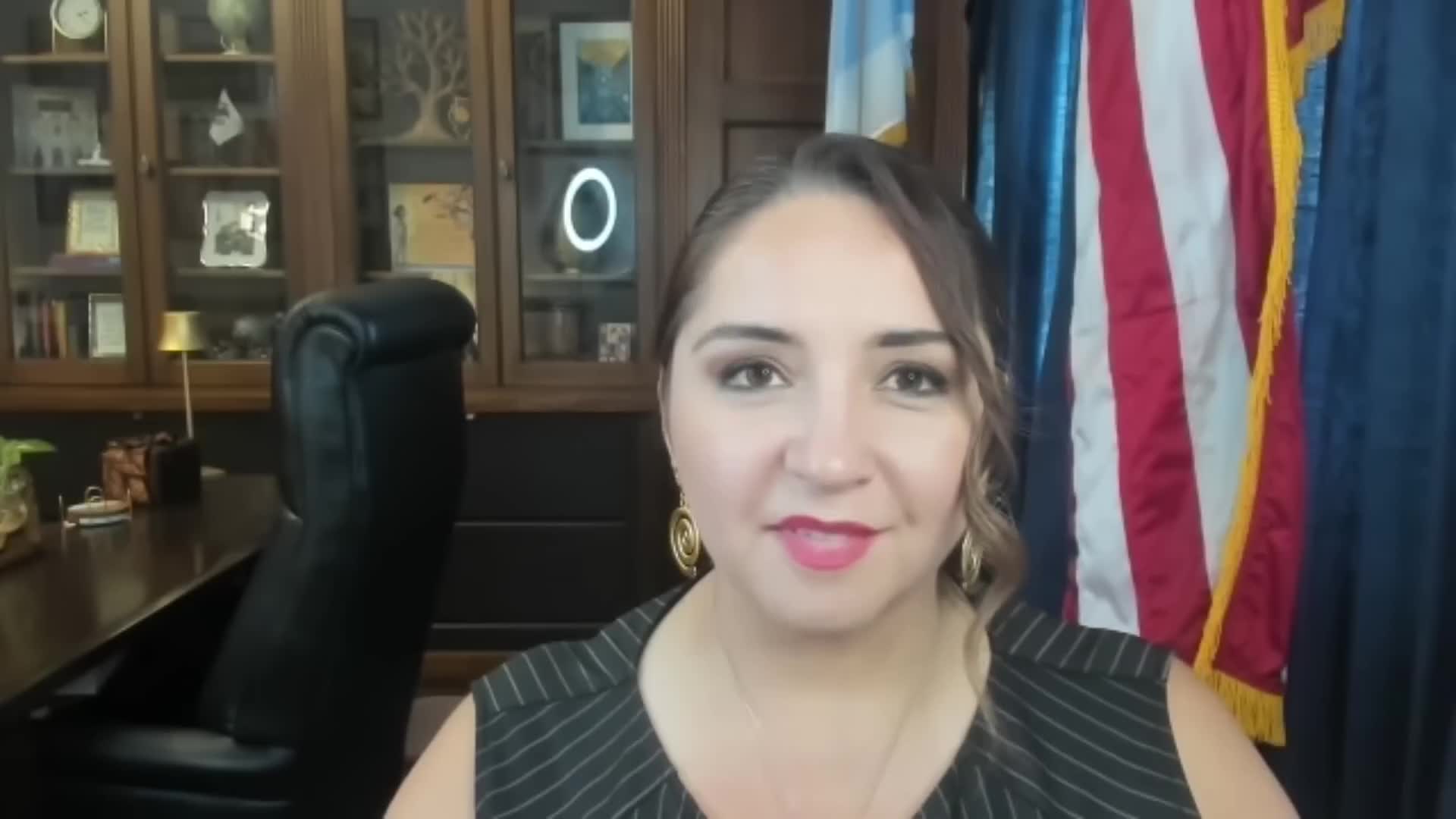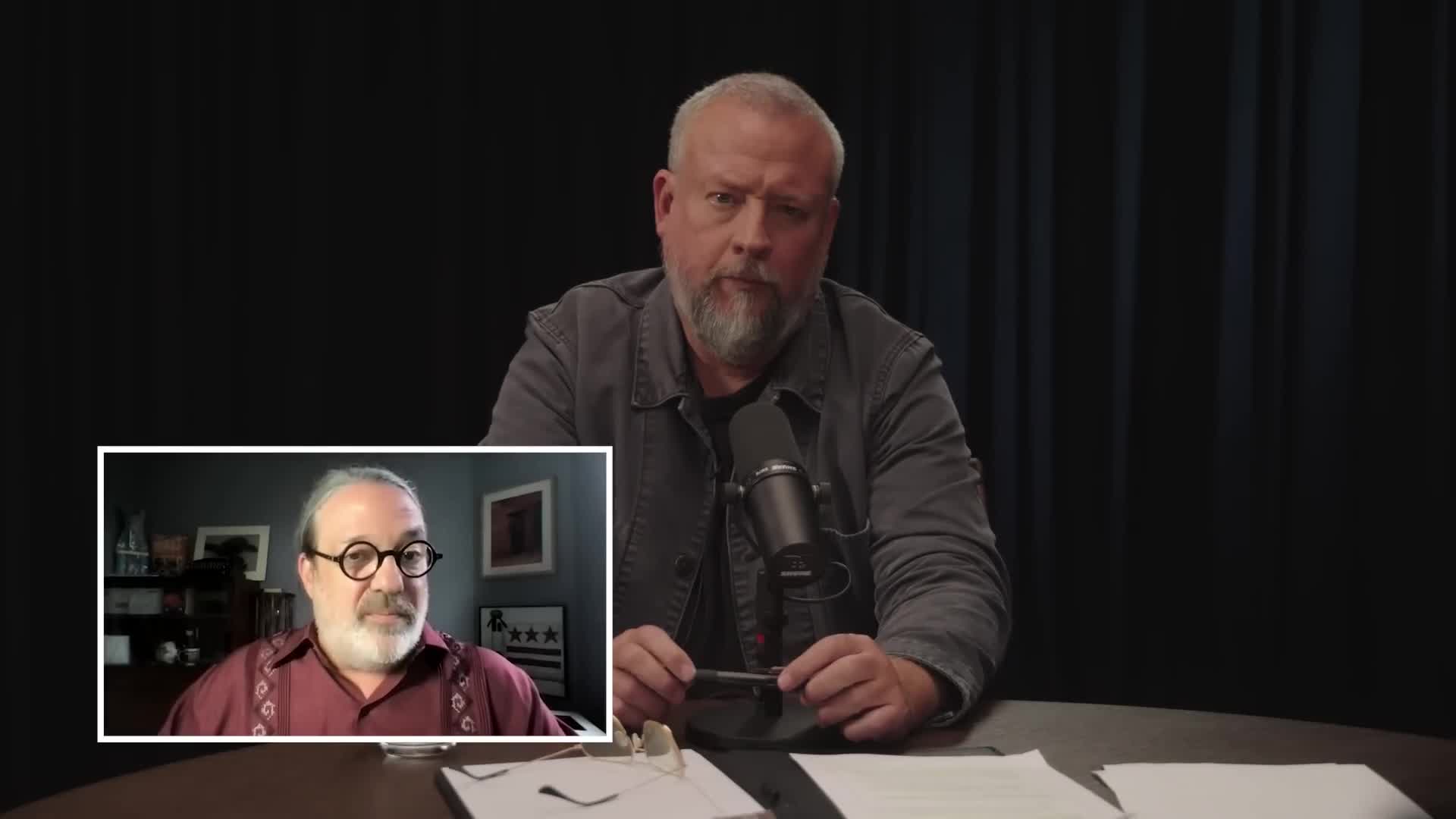National Security
What personal background and experience does Border Patrol agent Art Del Cueto bring to discussions about U.S.-Mexico border issues?
Art Del Cueto brings a uniquely personal perspective to border security discussions, having grown up in Douglas, Arizona, a small border town directly on the U.S.-Mexico frontier. This upbringing gave him firsthand experience with the complexities of border life from childhood, providing him with deep cultural and geographical understanding of the region. Combined with his 21 years of professional experience as a Border Patrol agent and his role as a union leader, Del Cueto offers both personal and professional insights into immigration challenges. His background allows him to speak authentically about the daily realities of border communities, the influence of cartels, and the practical challenges of law enforcement in these areas, making his perspective valuable for informing immigration policy discussions.
Watch clip answer (00:03m)How do drug cartels utilize sophisticated infrastructure and what challenges do Border Patrol agents face in combating cross-border smuggling operations?
Drug cartels employ highly sophisticated methods to smuggle narcotics across the US-Mexico border, including the construction of elaborate underground tunnel systems capable of transporting tons of cocaine into the United States. These operations represent a significant technological and logistical challenge for law enforcement agencies. Border Patrol agents, with decades of experience like the 21-year veteran featured, face complex operational constraints in addressing these smuggling networks. The institutional structure of Border Patrol limits direct communication with media, requiring union representatives to serve as spokespersons to share critical insights about border security challenges. The scale and sophistication of cartel operations, combined with political complexities surrounding immigration policy, create ongoing difficulties for enforcement agencies attempting to secure the border and disrupt these lucrative smuggling enterprises.
Watch clip answer (00:17m)What is the most significant threat to American lives today, and how does it compare to traditional forms of terrorism?
According to Sheriff Mark Lamb, fentanyl poisoning has become the number one cause of death for Americans aged 18 to 45, claiming over 100,000 lives annually. This drug crisis represents a more deadly threat than any army or terrorist organization has ever posed to Americans, as it kills more people without firing a single shot or detonating a bomb. The crisis operates through a complex international network where China produces precursor chemicals, which are then processed by Mexican cartels and distributed throughout American communities. Sheriff Lamb draws parallels to historical conflicts like the opium wars of 1893, suggesting this represents a modern form of warfare targeting American citizens through deliberate drug distribution rather than conventional military means.
Watch clip answer (01:20m)What is the difference between open and closed borders, and why is this distinction important to understand in immigration policy discussions?
The distinction between open and closed borders is often misunderstood in public discourse due to the highly politicized nature of immigration debates. Many people assume that an "open border" literally means opening gates and allowing unrestricted mass entry, but this oversimplified view doesn't reflect the complex realities of border management and immigration policy. Understanding these nuances is crucial because the terminology shapes public perception and policy discussions. The actual implementation of border policies involves various degrees of control, processing procedures, and legal frameworks that exist on a spectrum rather than simple binary categories. This misunderstanding contributes to the polarized debates surrounding one of America's most contentious political issues, especially as the 2024 election approaches.
Watch clip answer (00:16m)What is the current state of the U.S. immigration system according to border law enforcement officials?
According to Arizona Sheriff Mark Lamb and border law enforcement perspectives, the current U.S. immigration system is fundamentally broken and creates significant operational challenges. The system fails to provide adequate opportunities for proper processing and creates critical bottlenecks that impede effective border management. This systemic breakdown has resulted in an influx of illegal immigration that directly impacts border security and public safety. While acknowledging that many legal immigrants make positive contributions to society, Sheriff Lamb emphasizes that the dysfunctional system undermines comprehensive immigration reform efforts. The broken infrastructure creates "choke points" that prevent law enforcement from effectively managing border operations, highlighting the urgent need for comprehensive policy reforms to address both immigration processing and national security concerns.
Watch clip answer (00:05m)What are the potential challenges and consequences of implementing mass deportation policies using local police and National Guard forces across different states?
The implementation of mass deportation policies faces significant logistical and political obstacles, particularly when attempting to use local police and National Guard from supportive red states to conduct operations in blue states with opposing governors. This approach creates jurisdictional conflicts and community tensions, as seen in states like Pennsylvania where such federal-state cooperation may face resistance. The strategy of neighborhood-by-neighborhood removal operations could lead to community disasters and economic disruption, highlighting the complex interplay between federal immigration policy and state-level governance in America's federal system.
Watch clip answer (00:23m)



